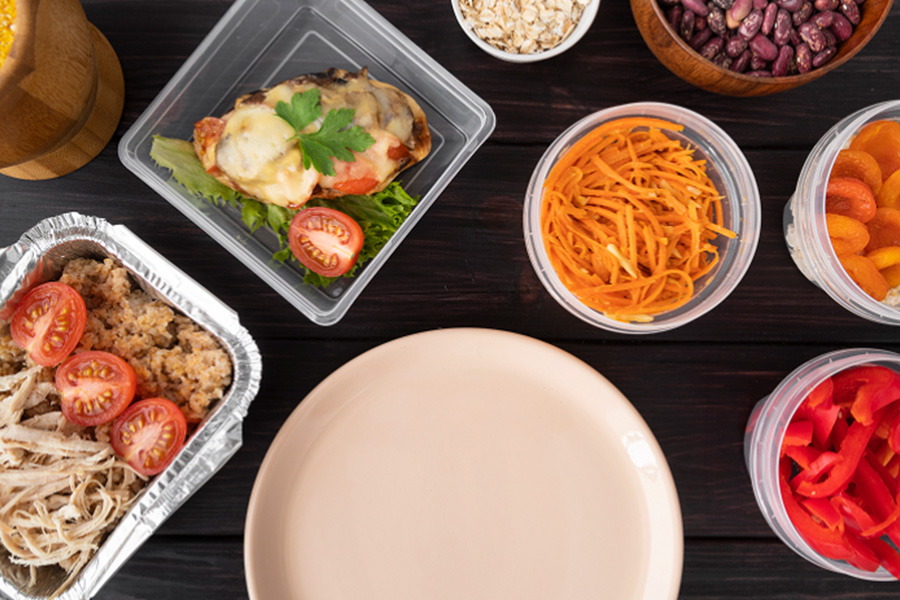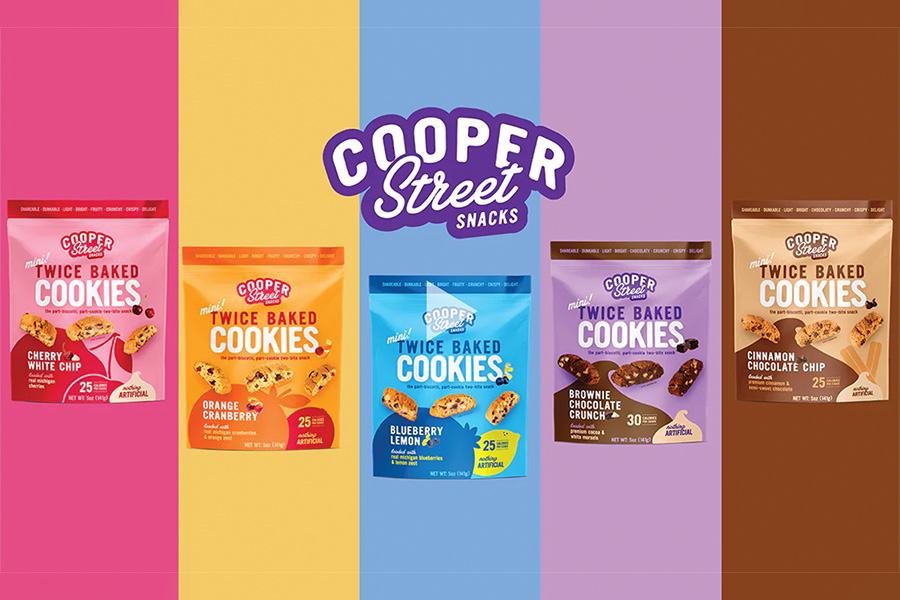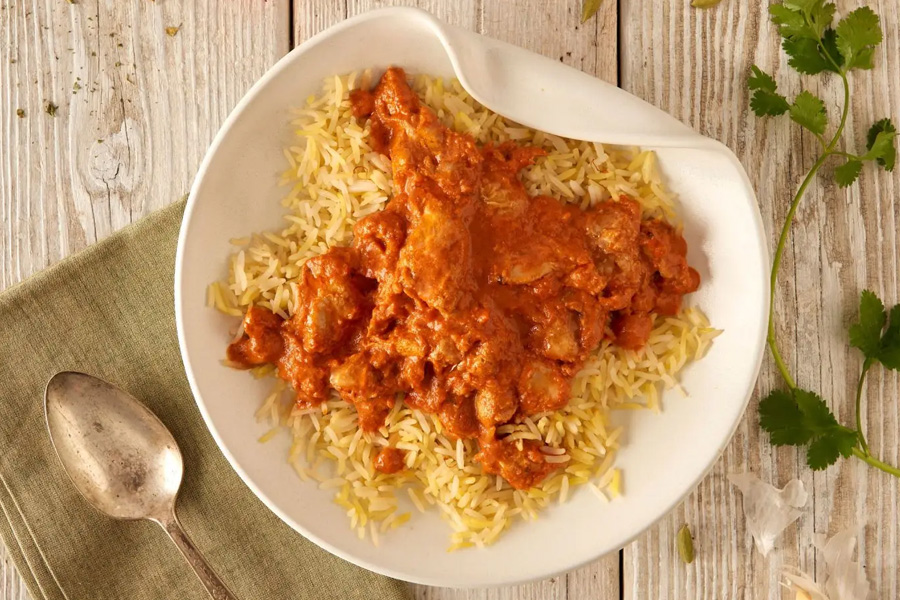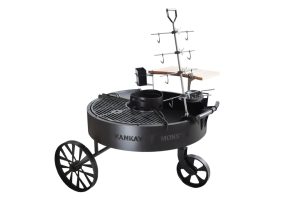Why Ready-to-Eat Meals in Singapore Are Booming
Once associated with emergency rations or bland convenience food, ready-to-eat meals have undergone a quiet transformation. Today’s ready-to-eat meals scene is redefining what convenience looks like. Companies known as OEM food manufacturers in Singapore are now responsible for producing a growing number of heat-and-eat favourites on supermarket shelves, online delivery portals, and even airline trays. In this article, we unpack the real-world problems that ready-to-eat meals solve, offer advanced considerations for food entrepreneurs and retailers, and share what you need to know before stepping into the OEM game.
Why Singapore Needs Ready Meals Now
The pace of life in Singapore is fast. Between long work hours, back-to-back classes, and traffic that always seems to strike at dinner time, preparing a full meal from scratch often feels like an unrealistic luxury. Ready-to-eat meals in Singapore are what families and office workers have come to depend on.
These meals offer more than speed. They solve logistical problems that restaurants, event organisers, airlines, and retailers often face. Ready-to-eat options give these businesses flexibility and scalability without compromising too much on quality.
Consumers also find themselves turning to these options during transitional life moments. Nutritious meals that require no prep time can be a literal lifesaver. The growing demand for healthier variants, vegetarian options, and allergen-friendly ready meals also shows how this segment is about customisation and inclusivity.
At the heart of many of these solutions is the OEM food manufacturer in Singapore bringing their recipes to life in a safe, consistent, and scalable way. The role of OEMs is expanding from behind-the-scenes producers to vital partners in food innovation.
What to Know Before Working With an OEM
If you’re thinking of launching your product line, then partnering with an OEM food manufacturer in Singapore is a strategic next step. But there are things to consider before diving in.
Start with a clear idea of your product’s identity. Is it traditional, fusion, modern comfort food, or targeted for a niche diet? The more focused your concept, the easier it is for manufacturers to develop a formula that replicates the taste and texture you want consistently at scale.
Understand shelf life and food safety requirements. Singapore has strict food regulations, especially when it comes to pre-packaged meals. Working with a reliable OEM means ensuring your product passes these tests, whether it’s vacuum-sealed rendang or microwave-friendly pasta.
You’ll also want to consider packaging as part of the product. Singapore consumers are visual and eco-conscious. How your product looks on shelves (or online) and how it’s disposed of post-consumption can influence buying decisions. Many OEMs offer packaging consultation alongside food production and use this to your advantage.
Finally, communication is key. Not all OEMs operate at the same scale, so ask about batch size minimums, testing runs, and customisation. The most successful ready-to-eat brands are those that treat their OEM relationship as a collaboration, not just a transaction.
Key Prep Steps for Food Brands and Retailers
Before you begin sourcing an OEM food manufacturer in Singapore, there’s prep work you can’t skip. Whether you’re a food entrepreneur, a hospitality business, or a retail buyer, clarity from the start can save time, cost, and headaches later.
First, assess your customer. This affects not just flavour profile, but also portion size, packaging type, and pricing strategy.
Second, build your prototype. You don’t need a commercial kitchen to do this. Start with your best version of the product and document everything. This prototype will help the OEM reverse-engineer a scalable process.
You’ll also want to scope out the competitive landscape. Walk through FairPrice, Cold Storage, and specialty food marts to see what’s already out there. Ready-to-eat meals are crowded with options, but there’s always room for strong positioning, whether that’s clean ingredients, heritage flavours, or global fusion ideas.
Don’t forget about logistics. Storage temperature, shipping requirements, and expiry dates all play into cost structure and feasibility. Ready-to-eat meals range from chilled and frozen to ambient shelf-stable types. Each comes with its own supply chain demands, so think ahead before settling on a format.
Lastly, map out your distribution plan. Knowing where your meals will end up shapes everything from packaging design to batch sizes.
Ready Meals Are More Than Just Convenience
Singapore’s ready-to-eat meals are evolving to meet the nuanced needs of a fast-paced, food-loving population. As lifestyles shift and demand for smarter, faster food rises, the ready-to-eat meals in Singapore are no longer about sacrificing quality for speed. Behind many of these meals are the OEM food manufacturers— the silent partners turning everyday recipes into scalable, sellable products. Whether you’re a small brand dreaming of a ready-to-eat curry line or a large retailer sourcing your next best-seller, the opportunity is real as long as you start with insight, intention, and the right production partner.
Check out Taste Asia today.





Post Comment
You must be logged in to post a comment.